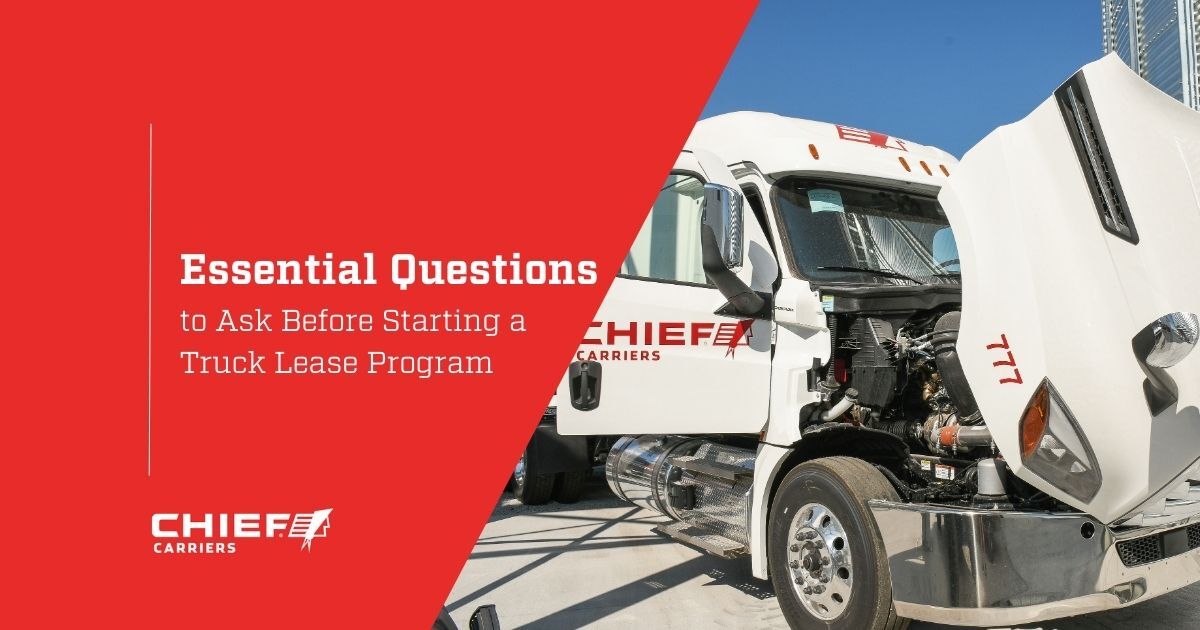Truck Lease Program Readiness: Your Guide to Making the Right Decision
Truck lease program readiness often comes down to one crucial question: Are you prepared for both the freedoms and responsibilities of running your own business?
In this Driven Too Far post, we’ll explore how many company drivers dream of becoming owner-operators, attracted by the promise of higher earnings and independence.
Yet the path from company driver to successful lease operator requires more than just driving skills and ambition.
The allure is undeniable, the opportunity to choose your loads, set your schedule, and potentially double or triple your income. Professional drivers who’ve mastered their craft often see lease programs as the next logical step in their trucking career advancement.
However, the reality of lease operator requirements extends far beyond skilled driving and hard work.
Consider this: While a company driver might earn $300 daily, successful lease operators often need to generate $600 to $1,000 per day to meet their obligations and turn a profit.
This significant jump in earning potential comes with equally significant responsibilities. From maintenance schedules to business management, every decision impacts your success.
Before you take this important step, you need to honestly assess your readiness for truck leasing.
This guide will help you evaluate whether you’re truly prepared for the challenges and rewards of a lease program, or if you need more time to build a stronger foundation for success.
Financial Reality Check
Your current financial habits offer the clearest indicator of future success as a lease operator. The way you handle money as a company driver directly reflects how you’ll manage the increased financial responsibilities of running your own truck.
Many drivers believe a lease program will solve their financial struggles, but the reality proves more complex. If you’re living paycheck to paycheck now, taking on the additional expenses and responsibilities of a lease program won’t automatically improve your situation.
Current Savings Assessment
Before considering a lease program, evaluate your current savings habits and emergency fund. Most successful lease operators recommend having at least three months of expenses saved before taking this significant step.
Your pattern of saving matters more than the total amount saved. Regular deposits into savings, even small ones, demonstrate the financial discipline needed for lease program success.
Managing Irregular Income
Lease operators face greater income fluctuations than company drivers, making financial planning crucial. Understanding how to budget for varying weekly settlements helps prevent cash flow problems.
Creating a financial buffer helps smooth out the peaks and valleys in earnings. Smart operators learn to save during high-earning weeks to cover expenses during slower periods.
Emergency Fund Requirements
Successful lease operators typically maintain a minimum emergency fund of $5,000 to $10,000 for unexpected repairs or downtime. This safety net helps prevent a single breakdown from derailing your business.
Building these reserves takes time and discipline, starting well before signing a lease agreement. Consider this fund your first test of readiness for the financial responsibilities of truck ownership.
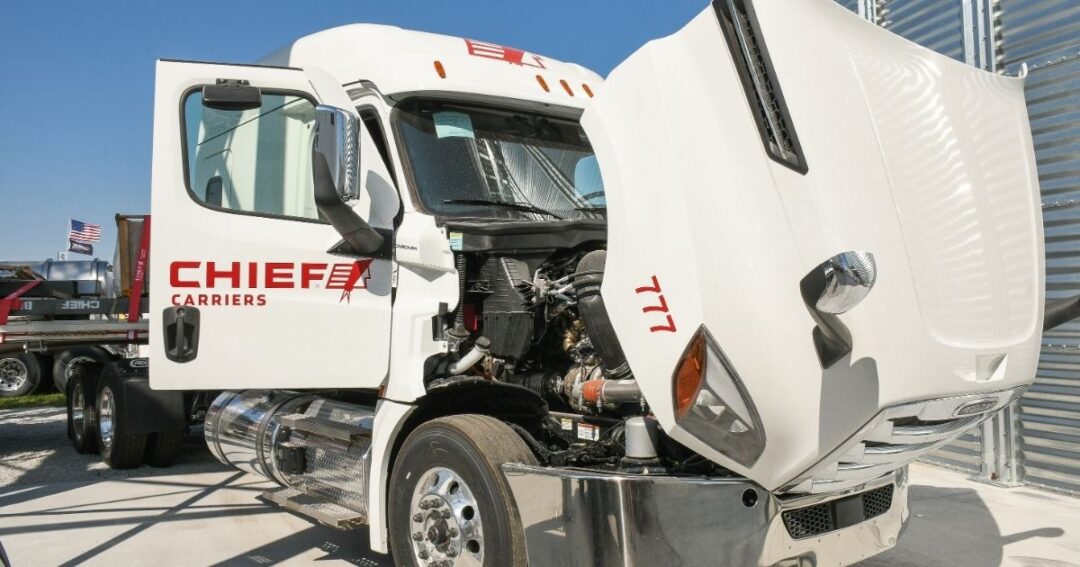
The True Cost of Independence
Making the leap to lease operator means understanding costs far beyond your basic truck payment. Your weekly settlement might look larger than your company driver paycheck, but a significant portion goes toward expenses that were previously covered by your carrier.
The true cost of independence includes everything from fuel and maintenance to permits and insurance.
Many new lease operators focus solely on the truck payment, overlooking crucial expenses like health insurance, retirement planning, and setting aside money for quarterly tax payments.
Beyond Basic Lease Payments
Operating a truck involves dozens of recurring expenses that quickly add up to thousands of dollars monthly. From fuel costs and tire maintenance to insurance premiums and license renewals, each expense must be carefully tracked and budgeted.
Understanding your fixed costs helps create realistic revenue targets for your operation. Successful lease operators typically plan for their monthly fixed expenses first, then calculate how many loaded miles they need to run to cover these costs and generate profit.
Hidden Operational Expenses
Maintenance reserves often surprise new lease operators who underestimate repair costs. Smart operators set aside at least 10 cents per mile for future repairs and maintenance, understanding that major components like engines and transmissions can fail without warning.
Insurance costs extend beyond basic liability coverage to include physical damage protection, cargo insurance, and bobtail coverage. Many lease operators also discover hidden compliance costs, from annual DOT inspections to quarterly IFTA tax filings and permits.
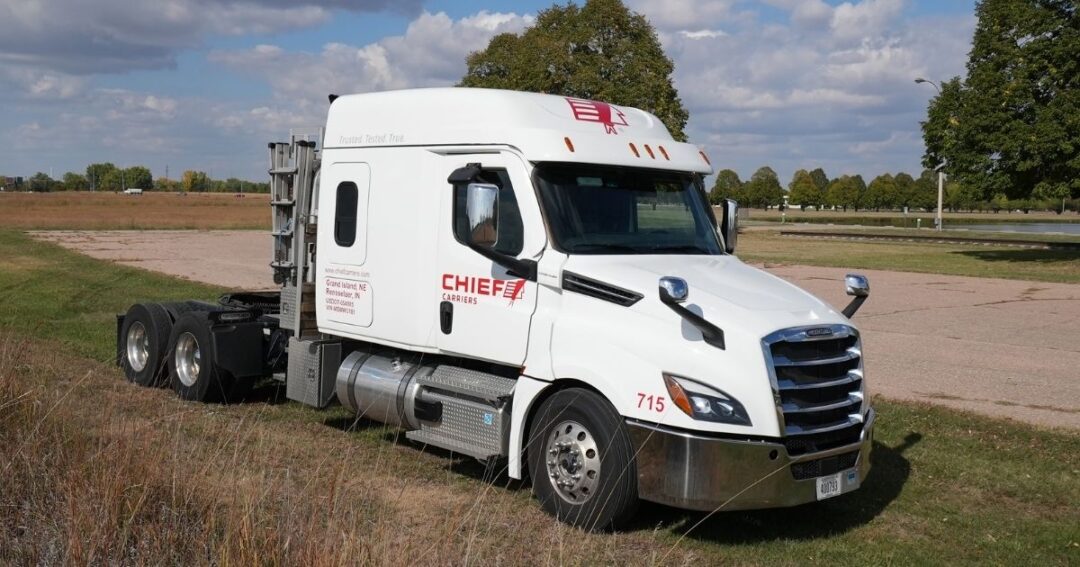
Self-Discipline Assessment
Success as a lease operator demands exceptional time management and self-discipline to maintain consistent revenue. The freedom to choose your schedule comes with the responsibility of making smart decisions that prioritize business success over personal preferences.
Managing your time wisely means understanding that every hour of downtime directly impacts your bottom line. Successful lease operators learn to balance the temptation of extra home time against the reality that their truck payment, insurance, and other fixed costs continue whether they’re driving or not.
Time management becomes your most valuable skill as a lease operator.
Time Management Essentials
Professional drivers need a systematic approach to scheduling that maximizes both driving hours and revenue potential. Smart operators plan their weeks around optimal driving times, considering factors like traffic patterns, shipping schedules, and required rest periods.
Creating and following precise schedules helps maintain consistent income levels. Successful lease operators typically map out their entire month, including maintenance stops, fueling times, and planned home time.
Setting Work-Life Boundaries
Establishing clear boundaries between work and personal time helps maintain both business success and family relationships. The most successful lease operators create sustainable schedules that allow for predictable home time while meeting their financial goals.
Family support proves crucial for maintaining these boundaries and understanding when business needs must take priority. Regular communication with family members about schedules and expectations helps prevent conflicts and maintains harmony at home.
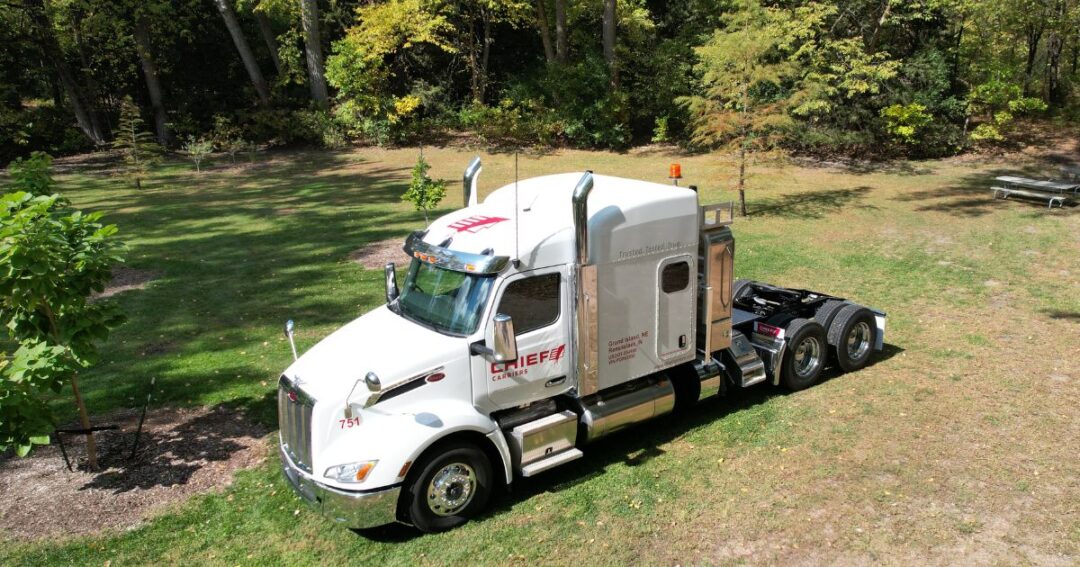
Evaluating Lease Programs
Not all lease programs offer the same level of support or opportunity for success. Thorough research into different programs reveals significant variations in terms, support systems, and potential for profitability.
A carrier’s reputation for supporting lease operators often indicates their commitment to driver success. Smart operators investigate multiple programs, talking with current lease operators about their experiences and satisfaction levels.
Company Support Systems
Quality lease programs provide comprehensive support systems, including 24/7 maintenance assistance and breakdown services. Evaluating these support systems before signing helps ensure you’ll have resources available when challenges arise.
Emergency assistance programs should include options for replacement vehicles or rental units to keep you moving during extended repairs. The best programs offer clear procedures for handling breakdowns and maintenance issues, minimizing downtime and lost revenue.
Program Benefits Assessment
Fuel discount programs can significantly impact your bottom line, with some carriers offering substantial savings through established relationships with truck stops. Take time to calculate potential fuel savings across your regular routes when comparing different programs.
Parts and service discounts provide another crucial benefit, especially when maintaining newer equipment under warranty. The best programs offer competitive labor rates at company shops and negotiate discounts with major parts suppliers.

Understanding Contract Terms
Lease agreements contain complex legal language that directly impacts your success as an operator.
Smart drivers take time to thoroughly review and understand every aspect of their contract before signing.
The details within your lease agreement define everything from payment terms to maintenance responsibilities. These documents often contain clauses about early termination fees, maintenance escrow requirements, and specific operating conditions that could affect your ability to earn.
Never sign a lease agreement without fully understanding its terms and implications.
Key Contract Elements
Payment terms outline your weekly obligations and how settlements will be calculated. Understanding exactly how and when you’ll get paid helps you plan your business operations effectively.
Exit clauses deserve special attention as they define your options if the lease doesn’t work out. The best agreements provide clear, fair terms for ending the lease early without excessive penalties.
Red Flags to Watch For
Watch for contract language that seems one-sided or overly restrictive about where you can perform maintenance or buy fuel. Some agreements hide extra charges in complex language or include unreasonable restrictions on operating areas.
Avoid contracts that require excessive down payments or contain unclear language about maintenance escrow accounts. Quality lease programs provide transparent terms and reasonable requirements for both parties.
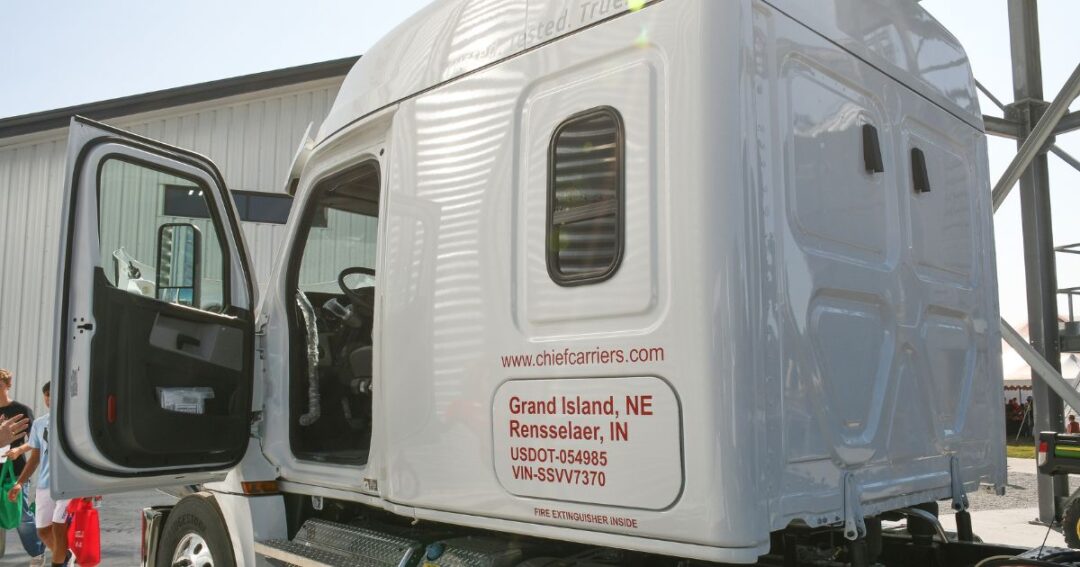
Planning for Downtime
Every truck, regardless of age or condition, will experience mechanical issues that interrupt your earning ability. Smart lease operators prepare for these inevitable situations by maintaining both financial reserves and backup plans.
Equipment breakdowns impact more than just repair costs – they can derail your entire business plan if you’re not prepared. Understanding your options before trouble strikes helps minimize both stress and financial impact.
Equipment Breakdown Scenarios
Major component failures can sideline your truck for days or even weeks at a time. Professional operators develop specific action plans for common breakdown situations, including maintaining relationships with reliable repair facilities along their regular routes.
Recovery planning includes understanding your warranty coverage and maintaining contact information for emergency repairs. The best lease programs provide clear procedures for handling breakdowns and accessing emergency funds when needed.
Alternative Income Options
Quality lease programs often provide options for temporary replacement vehicles during extended repairs. Understanding the costs and requirements for these programs helps you make informed decisions when breakdowns occur.
Rental equipment, though more expensive than your regular lease payment, can help maintain cash flow during repairs. Smart operators research these options before they’re needed and maintain the necessary qualifications to use replacement equipment.

Support System Requirements
Success as a lease operator depends heavily on building a strong support network both at home and professionally. Your family must understand and support the increased demands on your time and resources as you transition from company driver to business owner.
Professional partnerships become crucial for managing the complex aspects of running your own business. Smart operators recognize they can’t handle everything alone and build relationships with trusted advisors who understand the trucking industry.
Family Involvement
Operating a leased truck requires significant schedule adjustments and financial planning that affects the entire family. Open communication about business goals, financial responsibilities, and time management helps everyone understand their role in the operation’s success.
Creating a shared vision for the business helps maintain family harmony during challenging times. Regular family meetings about business performance and upcoming decisions help everyone feel involved and supportive.
Professional Resources
Successful lease operators typically work with qualified accountants who understand trucking-specific tax regulations and business structures. Professional bookkeeping services help track expenses, maintain records, and ensure compliance with tax obligations.
Building relationships with experienced business advisors and legal counsel provides valuable guidance for major decisions. These professionals help navigate complex regulations and protect your interests throughout your lease program.

Making an Informed Choice
The decision to enter a lease program requires careful evaluation of your readiness in terms of financial stability, self-discipline, and support systems. Smart operators take time to honestly assess their preparedness rather than rushing into a lease agreement.
Consider starting with short-term goals that build toward lease program success, such as increasing your savings or improving your financial management skills. Many successful lease operators spent months or even years preparing for the transition.
Your success depends on making this decision at the right time.
Readiness Indicators
Key indicators of lease program readiness include maintaining consistent savings habits, demonstrating strong time management skills, and understanding business basics. Professional drivers who succeed in lease programs typically show a pattern of disciplined decision-making and financial responsibility.
Use a comprehensive checklist to evaluate your preparedness, including factors like emergency fund size, credit score, and family support. Regular self-assessment helps identify areas needing improvement before making the leap.
Next Steps
Create a detailed action plan that addresses any gaps in your readiness assessment. Whether you’re ready to move forward or need more preparation, outline specific steps toward your goal.
At Chief Carriers, we understand that entering truck ownership can be challenging and expensive. Our lease programs offer flexible options to match your readiness level and career goals, including both Lease-Operator and Lease-Purchase paths.
Your Path to Success with Chief Carriers
Our comprehensive lease programs provide the support and resources needed for success. With options like walk-away leases, zero or low down payments, and full warranty coverage on newer equipment, we help reduce the risk of transitioning to truck ownership.
We believe in transparency and driver success, which is why we offer 100% pass-through fuel discounts, in-house maintenance accounts, and essential equipment like tarps and securement gear at no additional charge.
Our fleet includes late-model Freightliner Cascadias and Peterbilt 579s, ensuring you start with reliable equipment.
Whether you choose our Lease-Operator program with its walk-away flexibility or commit to truck ownership through our Lease-Purchase option, both paths offer impressive earning potential ranging from $175K to $285K annually. You’ll enjoy the independence to pick your loads and choose your home time while benefiting from our established support systems.
Ready to explore your lease options? Contact Chief Carriers today to discuss which program best fits your goals and readiness level. Let’s build your path to success together.
Driven Too Far Podcast
Driven Too Far is a podcast that delivers the unvarnished truth about the trucking industry, hosted by Andrew Winkler, who understands the challenges drivers face.
From answering common questions for aspiring truck drivers to providing insider knowledge on pay, benefits, safety, and career advancement, this podcast offers valuable insights to help you balance your trucking career and family life.
The Driven Too Fast Podcast is produced by Two Brothers Creative.

